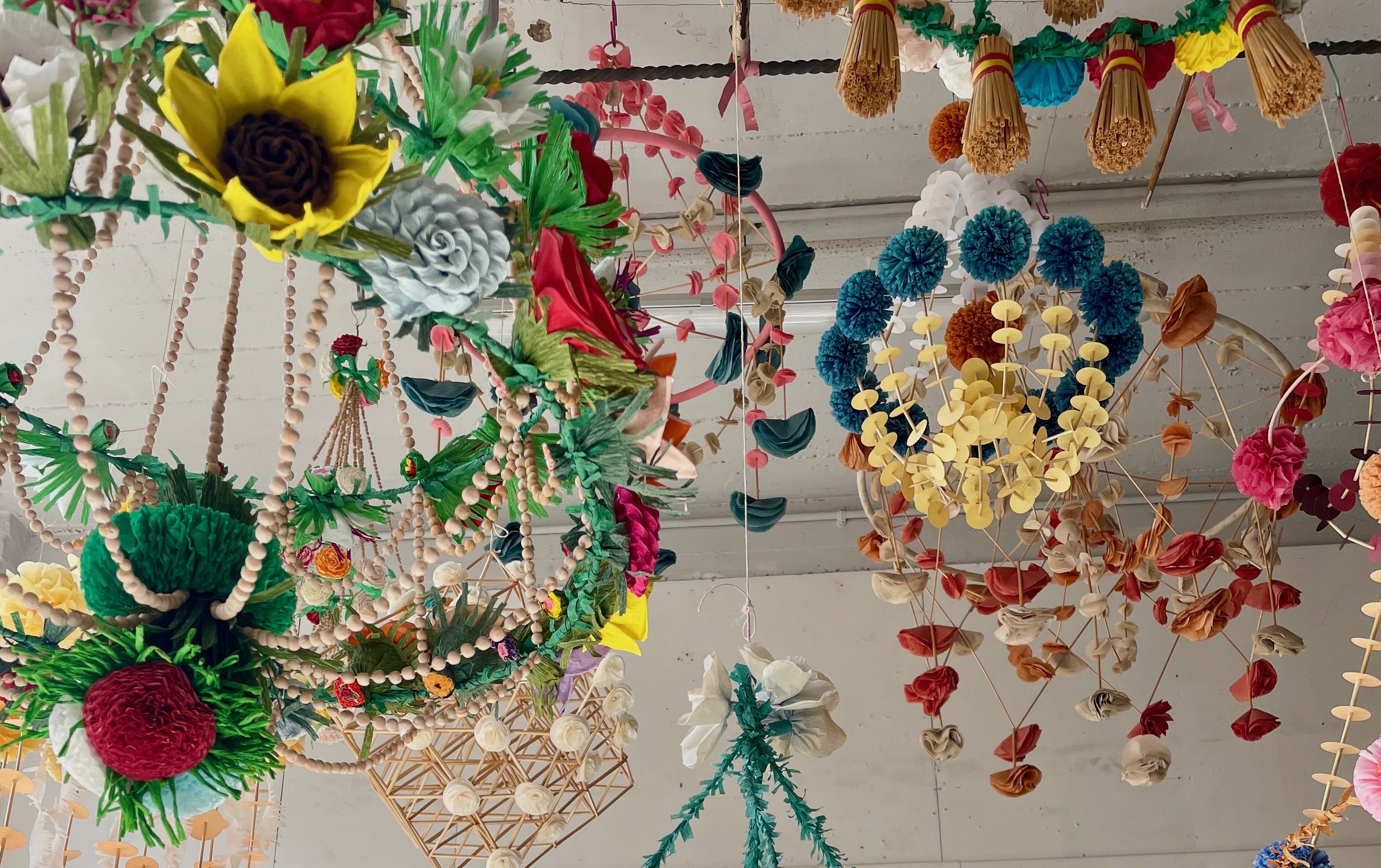Book of the week: That Was The Church That Was
Amusing observations and sharp character studies illuminate this study of the decline of the Church of England, finds Clive Aslet.

That Was The Church That Was By Andrew Brown and Linda Woodhead (Bloomsbury, £16.99)
What was it that drove a Church of England (CofE), epitomised by bishops in their cathedrals and old ladies bicycling to holy Communion through the mist, to become—in Archbishop Carey’s memorable prophecy—‘a toothless old woman muttering in a corner, ignored by everyone’?
That is the question addressed by That Was The Church That Was, its title aptly recalling the satire generation’s That Was the Week That Was and, in getting to the answer, the authors pull no punches. The first copies sent out for review had to be withdrawn on legal grounds. This story of mismanagement, arrogance, insularity and sectionalism, shot through with vivid personalities and esoteric behaviour, is a strangely compelling read.
The authors liken religion to a river: ‘very little of what matters is visible on the surface’. A previously placid, slow-moving stream can suddenly plunge into a froth and confusion of a waterfall. It’s the result of the geology beneath.
For the CofE, the cataract was caused by shifts in the social landscape over which it flowed. The end of paternalism, the fragmentation of families, Margaret Thatcher’s hatred of the old establishment, the fall of the class structure, New Labour’s loathing of tradition, the new forms of spirituality that were so evident after the death of Diana, Princess of Wales: all the old certainties that gave solidity to the riverbed fell away.
It used to be that the Cofe was a ‘societal’ church, supported by habit, duty and social obligation. Pipe-smoking, heavily bespectacled, public-school-educated bishops were part of the national furniture.
Now, its most active members are to be found in pockets of fundamentalists (that’s the American word—here, they prefer to be called traditionalists): people who (unlike, famously, David Jenkins, Bishop of Durham) really do believe literally in the Bible, as well as the willingness of the holy spirit to make 21st-century congregations speak in tongues. however much they work towards their own salvation, they have ceased to be relevant to the population at large. Most Britons now identify as having no religion.
Sign up for the Country Life Newsletter
Exquisite houses, the beauty of Nature, and how to get the most from your life, straight to your inbox.
For decades, the Church knew about the sexual revolution, one aspect of it in particular: a dis- proportionate number of clergymen were gay. Anglo-Catholics were almost institutionally camp. how to accommodate this fact of life caused a viciously self-wounding debate, characterised by a scene from the Lambeth Conference of 1998, when the Bishop of enugu, Nigeria, attempted first to dissuade Richard Kirker, the general secretary of the Lesbian and Gay Christian Movement, from ‘lustful carnality of man with man’, then to cure him of it by a laying on of hands. (the Anglican Communion is a fellowship, without any of the command structure that might impose unity on its different churches around the world.)
Gay vicars stayed a long time in the closet, but got out eventually —to the horror of Evangelicals. Neither the gays nor the Evangelicals cared for the ordination of women (although after all the brouhaha, it’s remarkable to read that ‘by 2014 the total number who had “gone across” [to Rome] amounted to around four hundred’ —hardly the mass desertions that had been predicted).
Amusing observations and sharp character studies can’t hide the sadness of decline. Almost wilfully, the Church has managed to alienate many of its natural supporters, including the armies of women who could once be relied upon to organise flower rosters, do charitable work and pass on the habit of church-going to their children.
One missed opportunity has been to use the buildings of the Church to rally the communities amid which they are set. Many people who are not Christians, conventional or otherwise, feel warmly towards their local church. Perhaps it’s not too late to reach out to them, in a gesture that could form the beginnings of a new covenant with society?
-
 Burberry, Jess Wheeler and The Courtauld: Everything you need to know about London Craft Week 2025
Burberry, Jess Wheeler and The Courtauld: Everything you need to know about London Craft Week 2025With more than 400 exhibits and events dotted around the capital, and everything from dollshouse's to tutu making, there is something for everyone at the festival, which runs from May 12-18.
By Lotte Brundle
-
 Everything you need to know about private jet travel and 10 rules to fly by
Everything you need to know about private jet travel and 10 rules to fly byDespite the monetary and environmental cost, the UK can now claim to be the private jet capital of Europe.
By Simon Mills